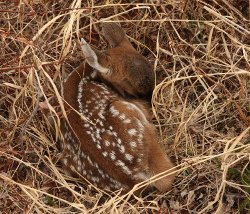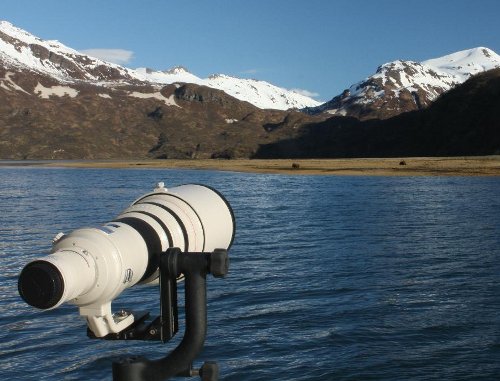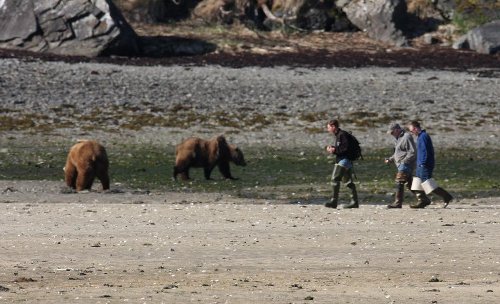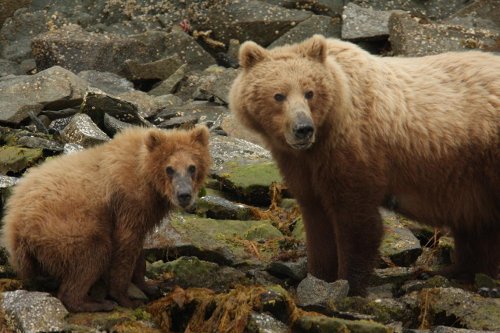

 Share This Page
Share This Page| Home | | Sailing | | Alaska 2010 | |  |  |  Share This Page Share This Page |

Copyright © 2010, P. Lutus. All rights reserved. Message Page
| Prior years: |
Alaska 2002 |
Alaska 2003 |
Alaska 2004 |
Alaska 2005 Alaska 2006 | Alaska 2007 | Alaska 2008 | Alaska 2009 |
(double-click any word to see its definition)



Every season I visit a particular place on the Alaska Peninsula that is essentially perfect for bear photography — a sheltered bay surrounded by beaches with lots of clams. For these outings I choose a series of days when the tide is predicted to be low, drop my anchor, then, when the bears come out of the brush and start clamming, I take some great pictures with my big telephoto lens (see Figure 1).
I have been doing this since 2002 with great success — my long lens means I don't have to stress the bears by getting too close, and it also means they don't get the chance to eat me as they did another photographer in 2003. Timothy Treadwell used to spend his summers a few miles away from where I visit, but he lived on shore, in a tent, surrounded by bears — until the fall of 2003, when he and his girfriend were eaten by a rogue bear.
One hears lots of conversations about bear safety — what the chances are that one might meet a rogue bear who would have no hestation about attacking you. Another question is how close can one safely get to the bears in the wild area I'm describing. This question is of particular importance for tourists, who typically want to get as close as possible, consistent with their not becoming bear food.
Over the years I've watched a gradual change in strategy on the part of bear guides and tourists. At first, I was the only person who visited the place shown in the pictures on this page. Then some fast aluminum boats began to appear, associated with big cruise boats anchored ouside the bay — they would move about the bay and the tourists would take pictures from the safety of the boat.
Then it seems the tourists, many equipped with very nice cameras and tripods, prevailed on the guides to allow them on shore, so they could put their tripods on a solid surface. That change started about two years ago.
This year, a new phase started — wealthy people are flown to the bear site in a float plane, then walk around on shore, much closer to the bears than in years past (Figure 2). In one case, a party moved close to the bears, turned around, and faced the camera for a group picture — themselves and the bears.
I should emphasize this is all legal — notwithstanding the impression created by Figure 2, taken with a lens that makes separated things look closer to each other than they really are, these people are entirely within the rules for this area (a minimum of 50 yards from the bears, or 100 yards from a sow with cubs). But during my years visiting this area I've seen a number of rogue bears, bears that would happily sprint 50 yards in under four seconds (based on bears' published top speed of 30 miles per hour) to expose a tourist to a close encounter of the worst kind.
The problem is that, with respect to bear safety issues, the tourists rely entirely on the judgment of the guides. But the guides are under pressure to deliver the most interesting, memorable wilderness experience they can manage, short of simply feeding their clients to the bears.
Although it's easy to exaggerate the risk posed by bears in a narrative like this, the risk to a normal person is very small. But if you spend a lot of time with bears, the risk is much higher, and not well-characterized. It would be interesting to see a statistical study only of people who spend time in the woods, people who are hikers, hunters and wildlife photographers. Based on the large number of reported deaths among wildlife photographers and bear trainers, it might be enlightening to see reliable numbers showing the specific risk to this group for bear close encounters. After all, how useful is it to know the risk taken by someone who only sees bears on TV?
| Home | | Sailing | | Alaska 2010 | |  |  |  Share This Page Share This Page |